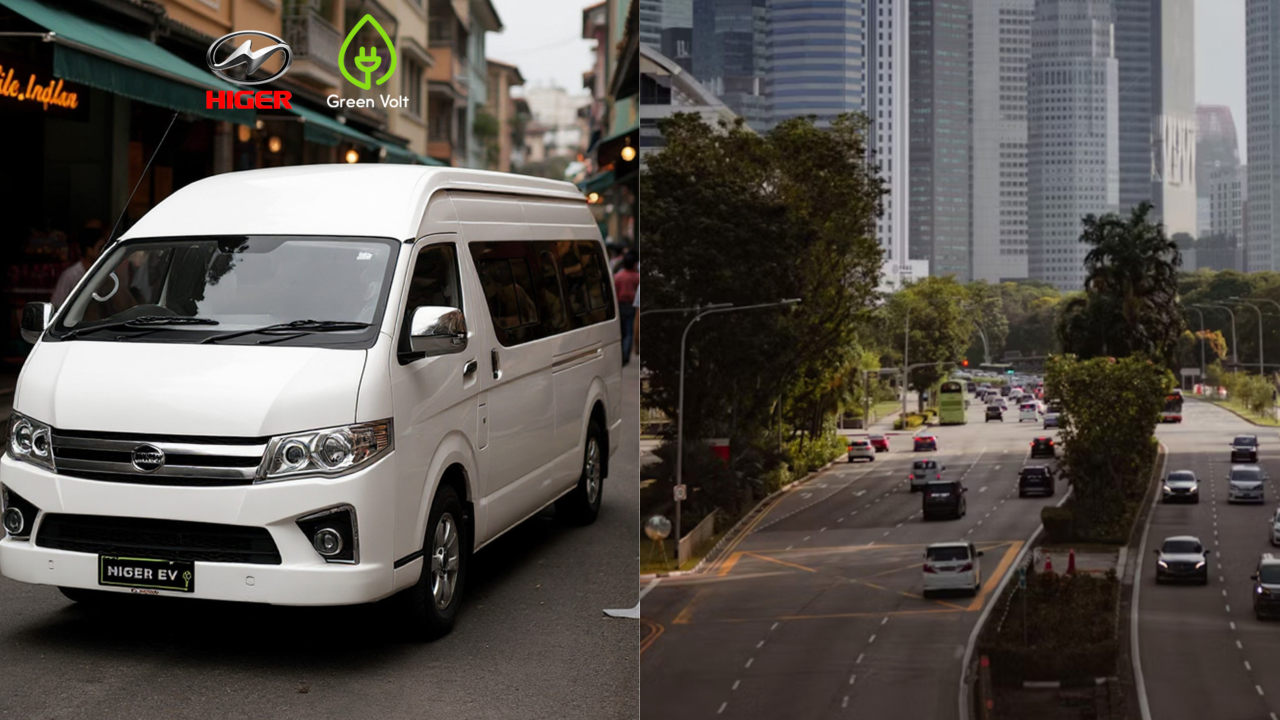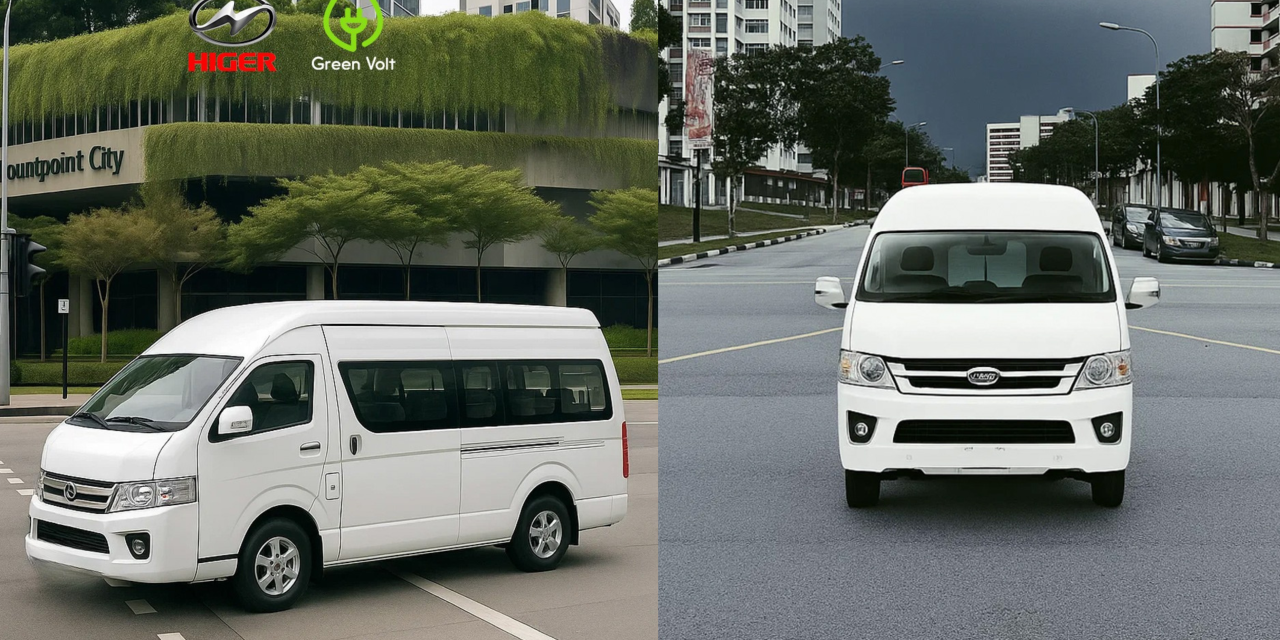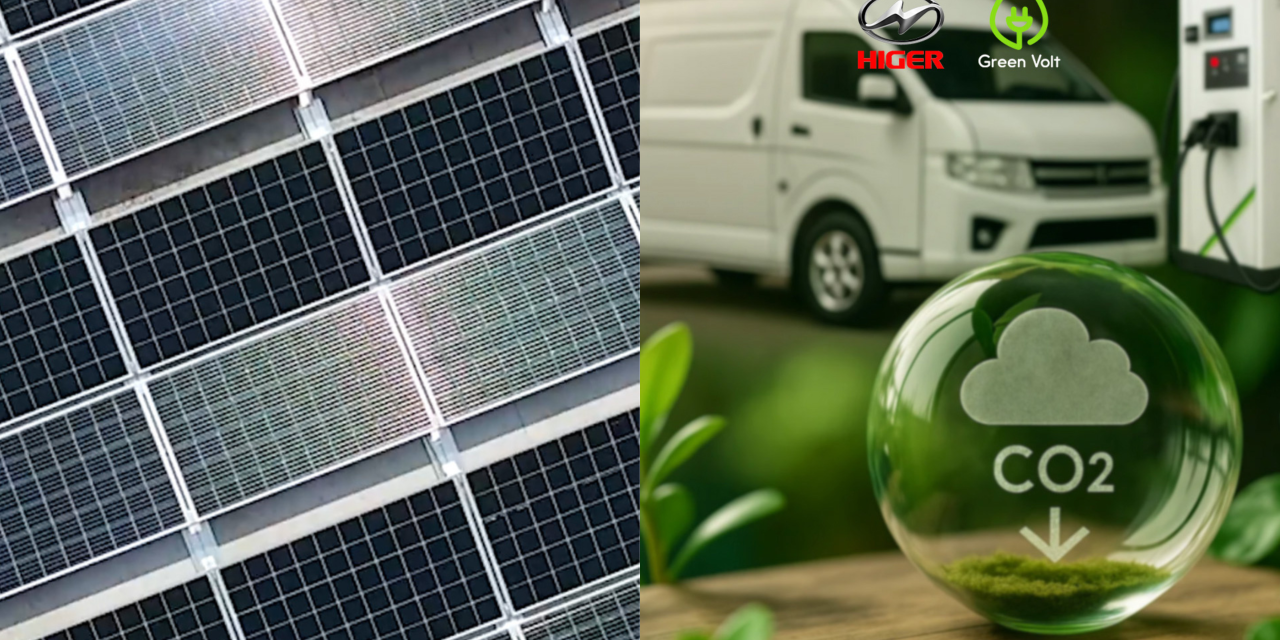Singapore’s transition to clean mobility is a financial opportunity. Through a mix of grants, rebates, and infrastructure incentives, the Government is helping small and medium enterprises (SMEs) electrify their fleets faster and cheaper.
From the Land Transport Authority’s (LTA) Electric Vehicle Early Adoption Incentive (EEAI) to the Commercial Vehicle Emissions Scheme (CVES) and Electric Heavy Vehicle Charger Grant (EHVCG), the nation’s policy framework rewards sustainability with measurable returns.
For SMEs facing upfront costs in vehicle acquisition and charging infrastructure, these incentives translate directly into reduced financial barriers and shorter payback periods. As Singapore drives toward its 2040 goal of 100% cleaner-energy vehicles, these schemes are strategic tools for building smarter, more resilient fleets.
Powering Adoption: Rebates That Drive ROI
Singapore’s EV incentive framework lowers upfront costs and accelerates return on investment (ROI) for both individuals and commercial fleet owners. Here’s how the key rebates stack up:
EEAI (Electric Vehicle Early Adoption Incentive)
- Extended jointly by LTA and NEA through 2026.
- Offers 45% rebate on the Additional Registration Fee (ARF), capped at S$15,000 until end-2025.
- From 2026, the cap adjusts to S$7,500, but combined with VES rebates, savings can still reach S$30,000 per vehicle.VES (Vehicular Emissions Scheme)
VES (Enhanced Vehicular Emissions Scheme)
- Provides up to S$25,000 rebate for Band A1 vehicles and S$2,500 for Band A2.
- Aims to make electric vehicles financially competitive against internal combustion engine (ICE) cars.
- Supports Singapore’s long-term vision for net-zero emissions by 2050.
CVES (Commercial Vehicle Emissions Scheme)
- Rewards clean commercial vehicles with up to S$20,000 incentive.
- Penalizes high-emission models with up to S$15,000 surcharge.
- Enables SMEs to lower fleet operating costs and strengthen ESG reporting under SGX RegCo and ACRA guidelines.
These combined schemes make fleet electrification both a financial and environmental win for forward-looking businesses.
Building the Infrastructure: Grants That Charge Growth

Beyond vehicles, charging infrastructure is critical to the EV ecosystem. The Government’s targeted grants make it easier for businesses and property owners to install chargers and scale operations sustainably:
ECCG (Electric Vehicle Common Charger Grant)
- Available until 31 December 2026.
- Supports installation of 3,500 chargers at non-landed private residences.
- Funding covers: First 2,000 chargers — up to S$4,000 each and Next 1,500 chargers — up to S$3,000 each.
EHVCG (Electric Heavy Vehicle Charger Grant)
- Launching 1 January 2026 – 31 December 2028.
- Provides 50% co-funding, capped at S$30,000 per charger, for up to 500 installations.
- Applies to lorry or coach lots with chargers rated ≥50 kW, with at least one e-heavy vehicle purchased per charger.
HVZES (Heavy Vehicle Zero Emissions Scheme)
- Offers S$40,000 incentive per zero-emission heavy goods vehicle or bus.
- Announced in Prime Minister Lawrence Wong’s Budget 2025 as part of efforts to reduce the transport sector’s 15% share of national emissions.
Industry leaders such as KPMG Singapore, Oliver Wyman , and Schneider Electric have highlighted that sustained, long-term incentives like EHVCG and HVZES are key to business confidence and infrastructure readiness—paving the way for widespread fleet electrification across Singapore.
Making Every Dollar Count: Green Volt’s Turnkey Advantage
For SMEs navigating these incentive layers, Green Volt Pte Ltd provides the bridge between policy and practice. By integrating Higer electric vans, Energio Solar’s renewable energy systems, and EVOne Charging’s smart infrastructure, Green Volt builds turnkey fleet solutions that qualify for multiple grant categories—from vehicle incentives to charger co-funding.

As Singapore enters the next phase of its Green Plan 2030, the opportunity for SMEs is clear: electrification is an investment with guaranteed returns. With Green Volt, every rebate, every charger, and every kilometre becomes part of a smarter, cleaner, and more profitable future.




